Why Italy is Facing Large-Scale Protests Over Refusal to Recognize Palestine
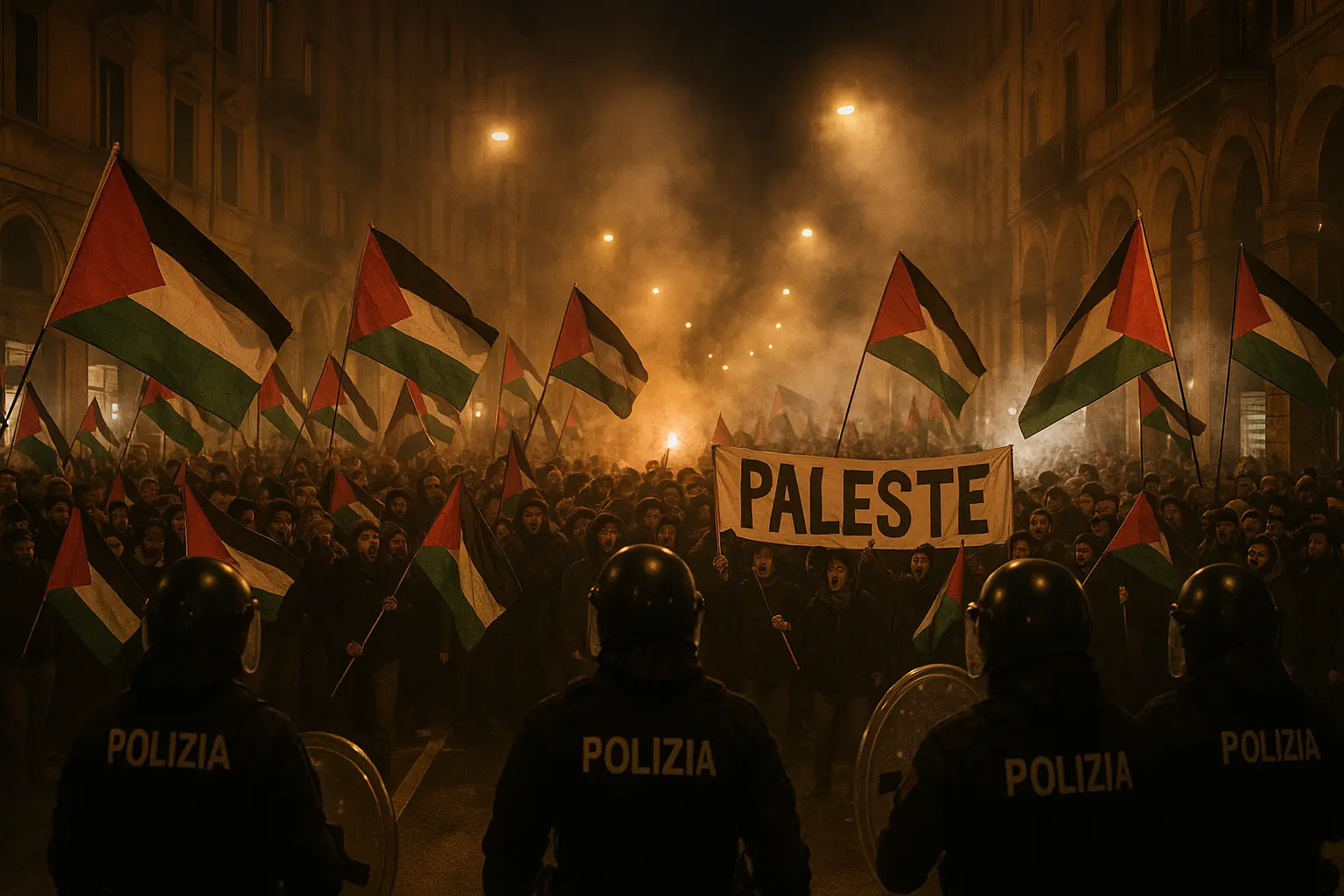
In the past few days, you must have heard that massive violence is happening in Italy. Almost all major cities are witnessing large-scale protests. In fact, you might have come across slogans like “Milan is burning” — meaning a massive number of people have taken to the streets against the government.
The issue is centred on Italy’s refusal to recognise Palestine as an independent state. Several police personnel have been injured, and the scale of unrest has raised questions: Why did such sudden and intense violence erupt in Italy? While protests have been taking place in various parts of Europe, Italy is experiencing some of the most severe unrest. Let’s break this down.
Growing Global Recognition of Palestine
For decades, the Israel–Palestine conflict, especially the Gaza crisis, has sparked international debate on whether Palestine should be recognised as an independent country and a UN member.
Since 2024, several countries have formally recognised Palestine as a state. Recently, the UK, Canada, and Australia jointly announced recognition. Before that, Spain, Norway, Ireland, Portugal, and Mexico had also done so. On 21 September, the UK, Australia, and Canada recognised Palestine, followed by France just a few days later.
This has put pressure on Italy, which has not yet recognised Palestine as an independent state, even though over 150 countries out of 193 UN members already have. The humanitarian crisis in Gaza — including deaths, hunger, and widespread suffering — has pushed many European nations to act.
The UN Procedure for State Recognition
For any country to gain UN recognition, the process begins with an application to the UN Secretary-General. From there, the matter goes to the UN Security Council (UNSC), which has 15 members (10 non-permanent and 5 permanent). Approval requires at least 9 “yes” votes and no veto from the 5 permanent members (US, UK, Russia, China, France).
If it clears the UNSC, it moves to the UN General Assembly, where two-thirds of the 193 members must approve.
However, the US, holding veto power, has consistently opposed full UN recognition of Palestine, particularly under leaders like Donald Trump. This makes formal UN recognition unlikely for now — though individual countries are free to recognise Palestine on their own.
Why Did Italy Refuse?
Italian Prime Minister Giorgia Meloni has explained her position. She supports the two-state solution in principle, but placed two strict conditions before recognising Palestine:
- Hostages held by Hamas must be released.
- Hamas must have no role in the future Palestinian government.
She argued that premature recognition would:
- Create a false sense of resolution without real progress.
- Pose a security risk to Israel and disrupts ongoing peace processes.
Politically, Meloni leads a conservative, pro-Israel coalition. Domestically, she projects herself as a leader prioritising security, order, and rejecting ideological activism. This position aligns with her government’s political stance.
The Scale of Protests in Italy
Protests began on 22 September and spread to almost 75 cities across Italy. Trade unions like USB and CUB actively participated, linking Palestine’s recognition to Italy’s moral and legal responsibility under international law.
Key highlights:
- In Milan, protesters clashed with police, throwing bottles and smoke bombs.
- Police responded with pepper spray and made arrests.
- Over 60 police officers were injured.
- In Bologna, water cannons were used.
- In Rome, protesters chanted slogans like “Free Palestine.”
- In Naples, peaceful marches took place, though unrest was widespread.
Demands included:
- Immediate recognition of Palestine as an independent state.
- Ending Italian military exports and cooperation with Israel.
- Blocking weapons shipments passing through Italian ports.
- Providing humanitarian aid to Gaza.
- Pressuring the European Union to take a united stand on Palestinian rights.
Government’s Reaction
The Meloni government condemned the clashes, calling them “acts of hooliganism.” Heavy police presence was deployed nationwide. Officials also claimed that far-left unions and activists were driving these demonstrations and that they did not represent the “real Italy.”
Authorities acknowledged attempts by protesters to block key ports and disrupt logistics tied to Israel.
Why This Matters
Italy is the only European country where protests of such scale and intensity have erupted simultaneously nationwide. This highlights:
- The clash between domestic politics and foreign policy.
- The growing polarisation in Italian society, with the government aligning with Israel, while sections of youth, unions, and activists support Palestine.
- Italy’s strategic role as a transit hub for weapons shipments in Europe makes it a focal point of protests.
Possible Outcomes
- Domestically, the Meloni government may face instability if protests continue.
- Internationally, Italy risks becoming isolated in Europe, as most EU nations have already recognised Palestine.
- As one of the G7 countries yet to act, Italy faces mounting pressure both from within and abroad.
Conclusion
The unrest in Italy reflects how global conflicts like the Israel–Palestine issue spill over into domestic politics. With over 150 countries already recognising Palestine, Italy now stands at a crossroads — whether to maintain its current position or align with the growing international consensus. The government’s decision will shape both its global standing and its internal stability in the months ahead.
Disclaimer: This article is based on publicly available reports and independent analysis. Readers are encouraged to consult multiple sources for a complete picture.
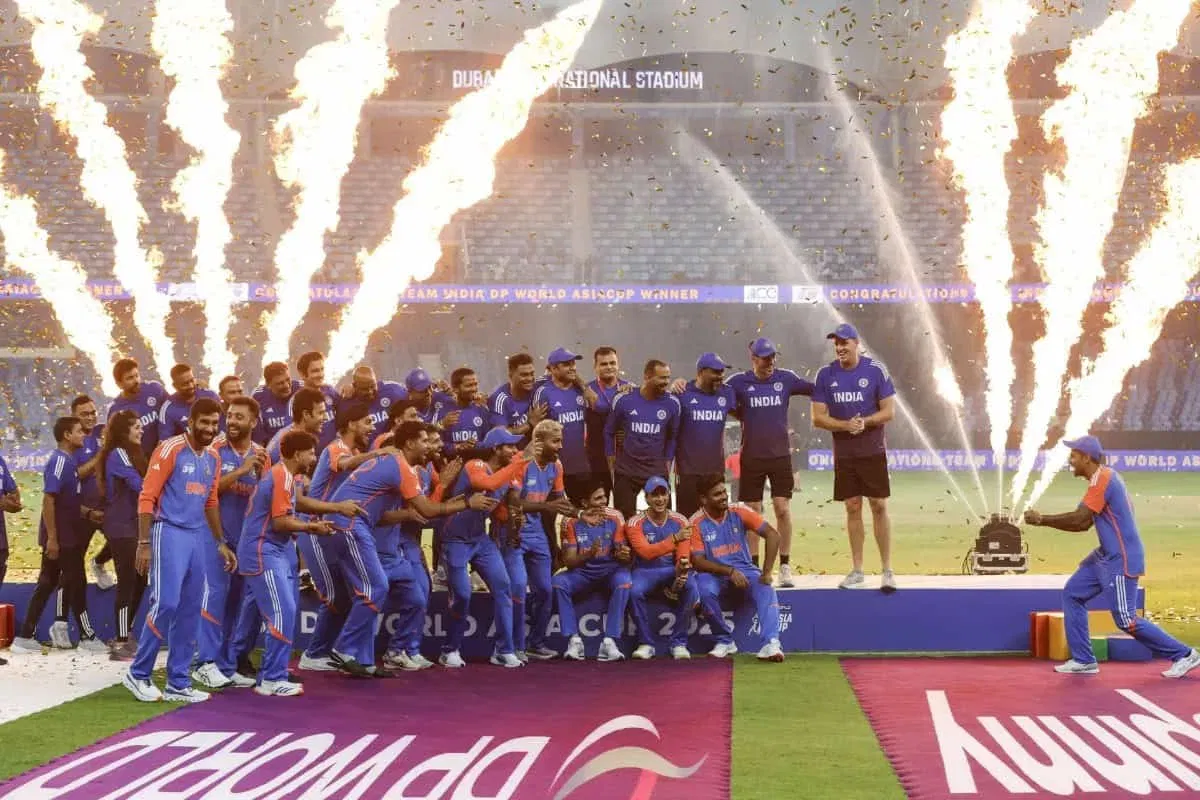
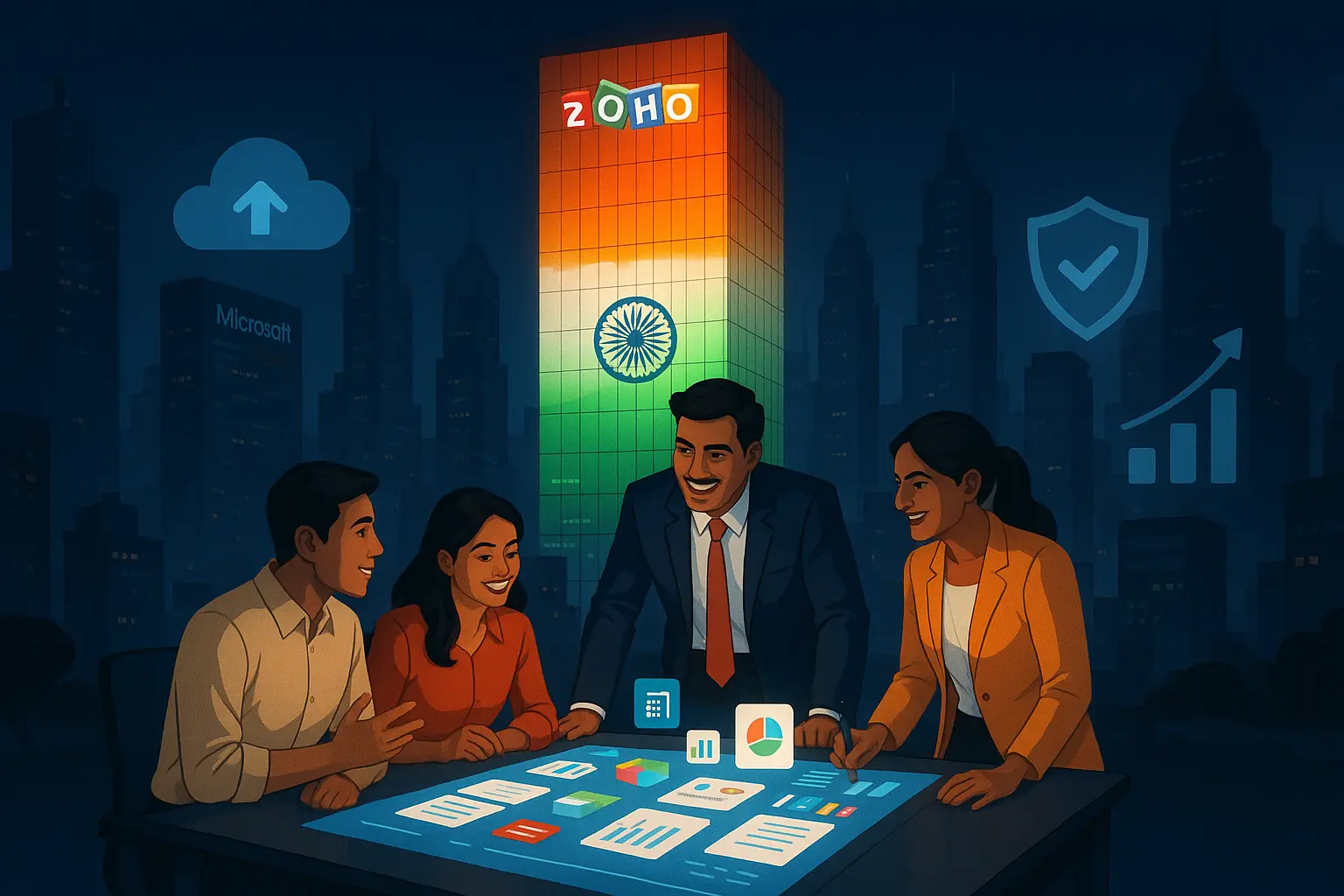
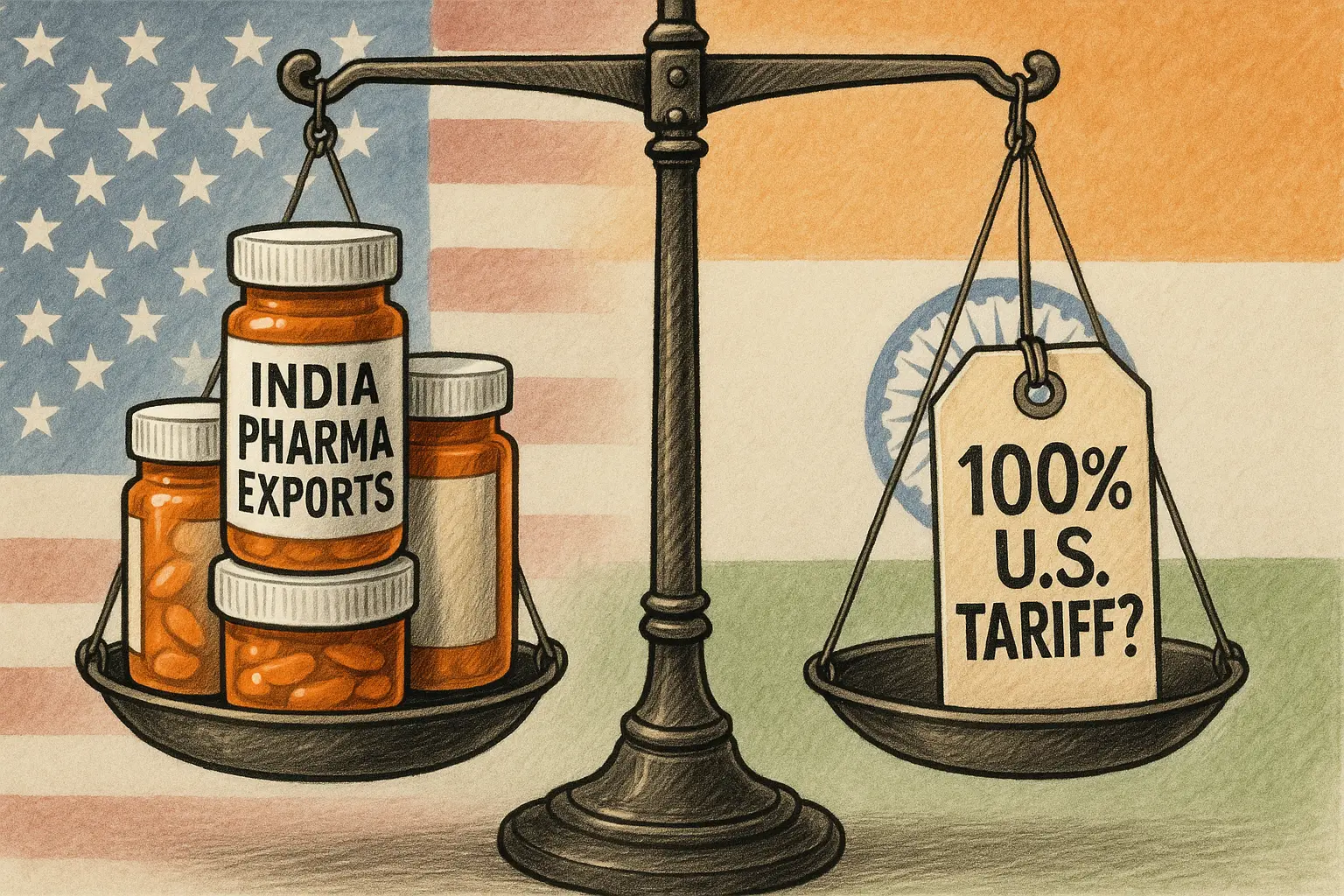
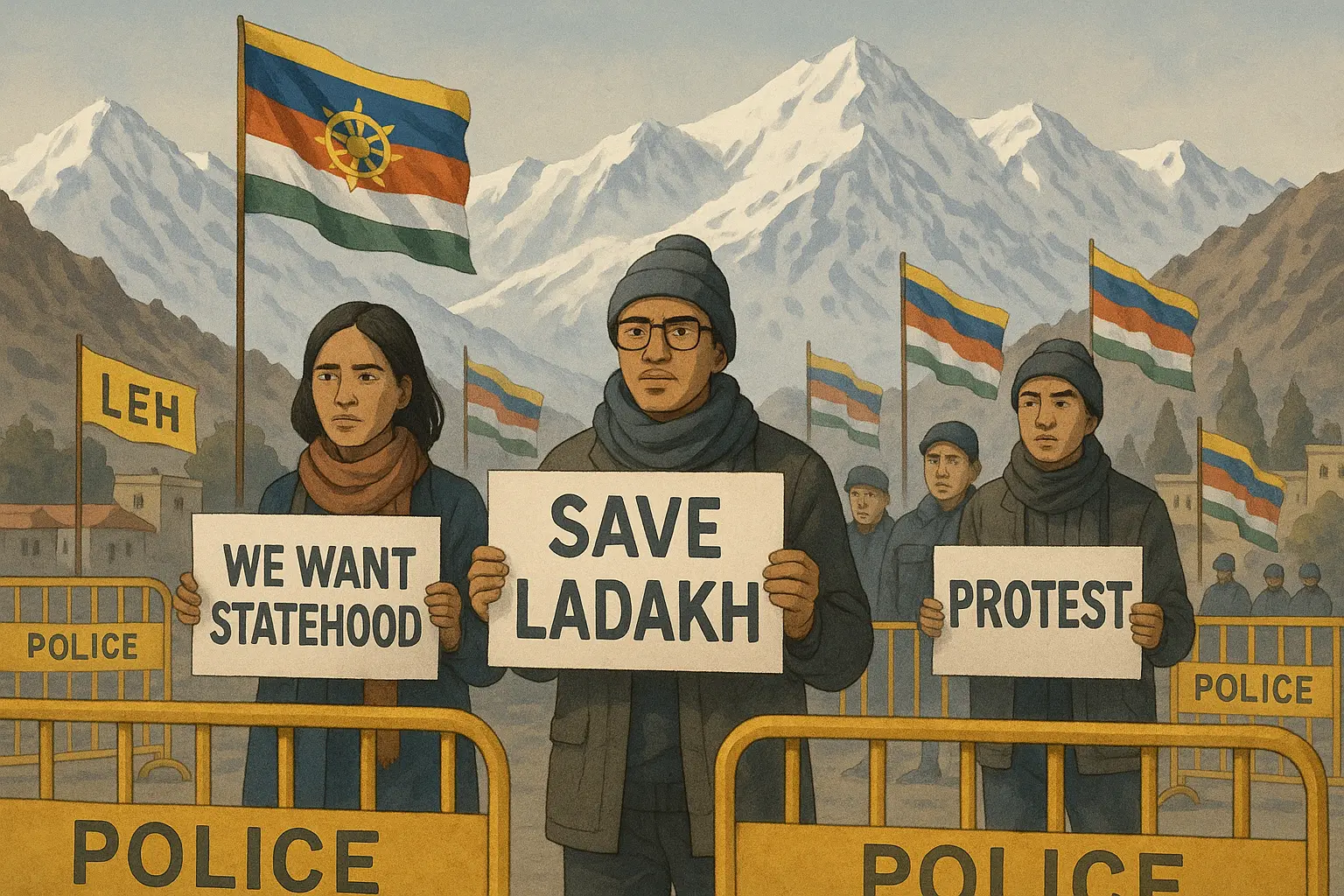
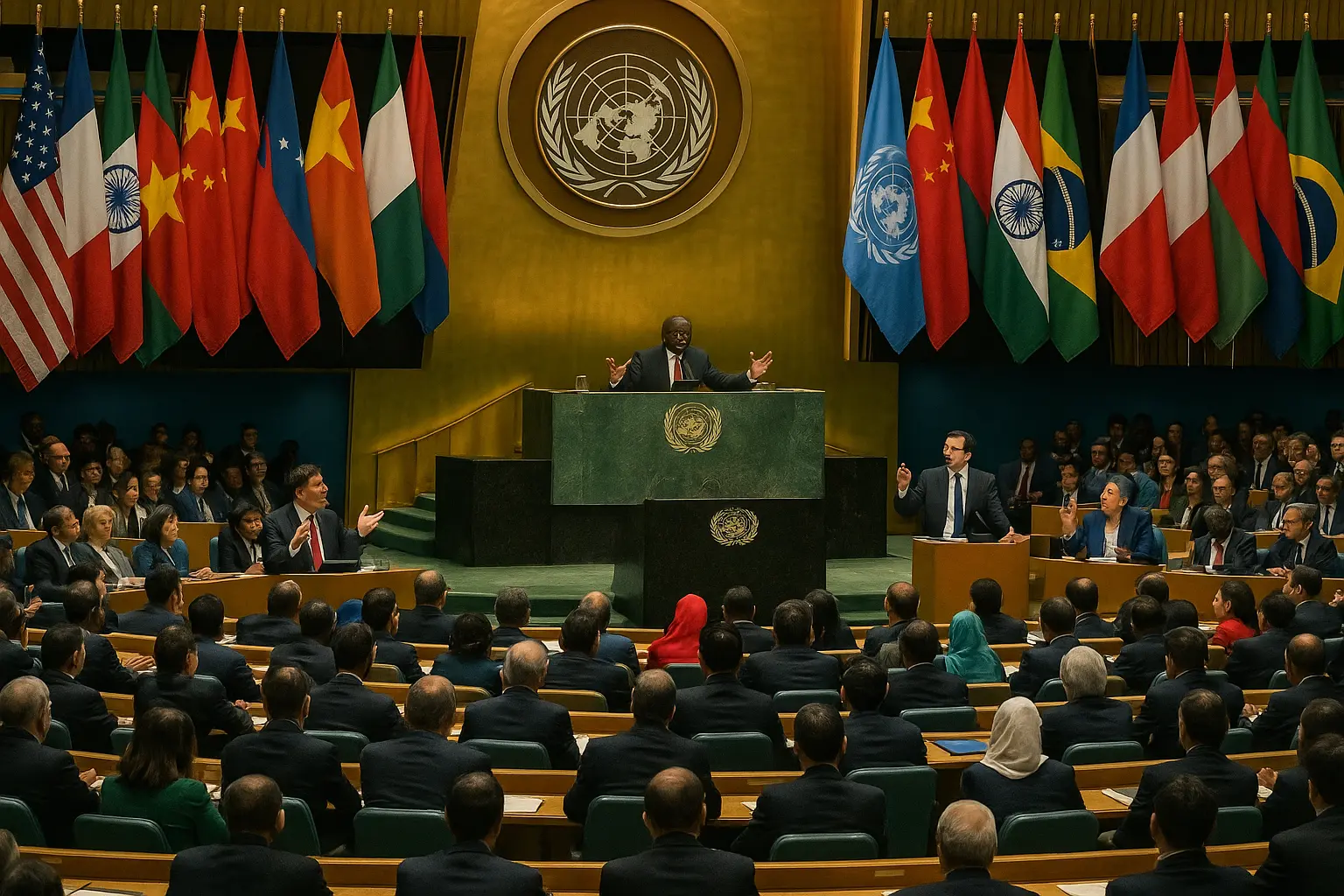
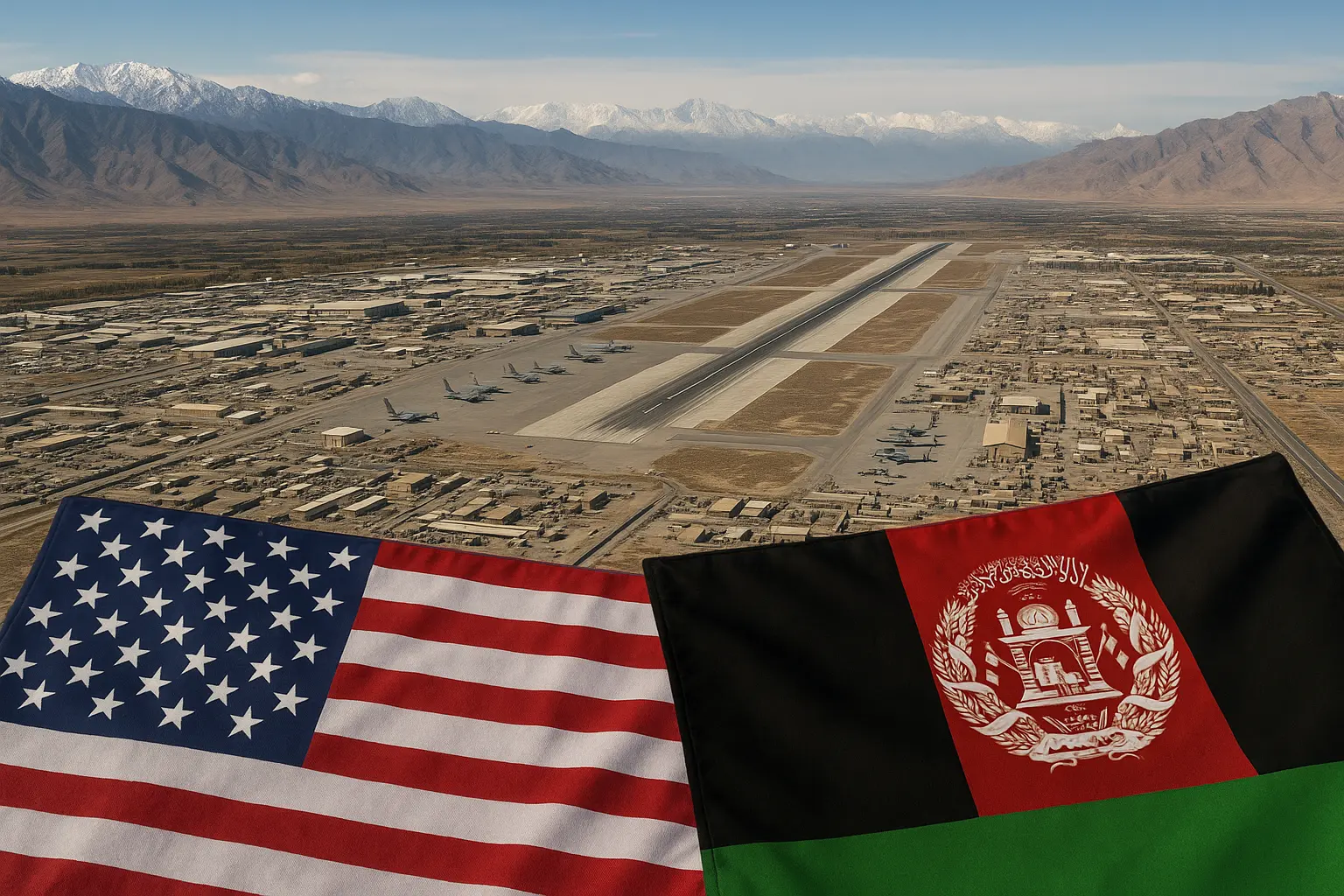
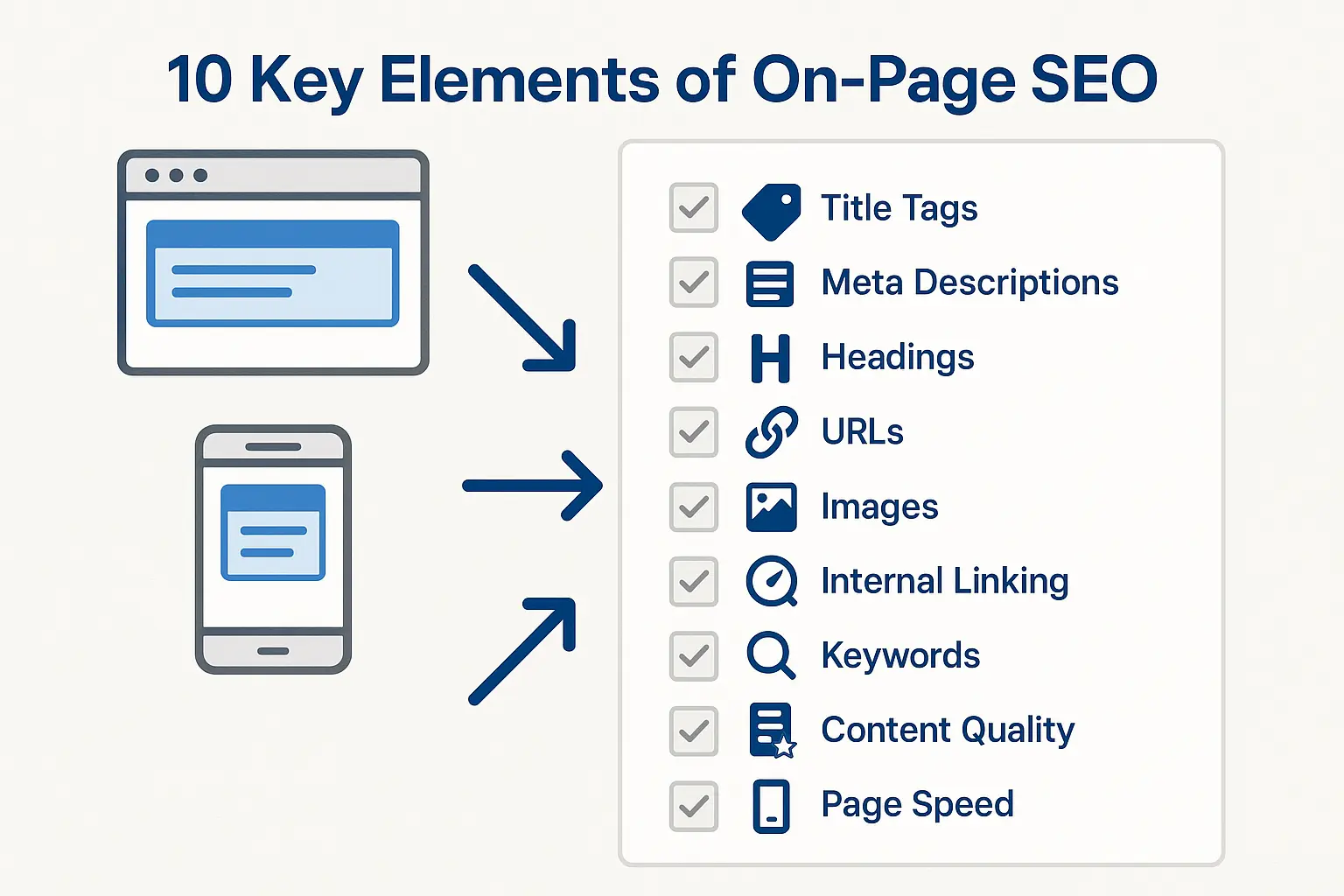
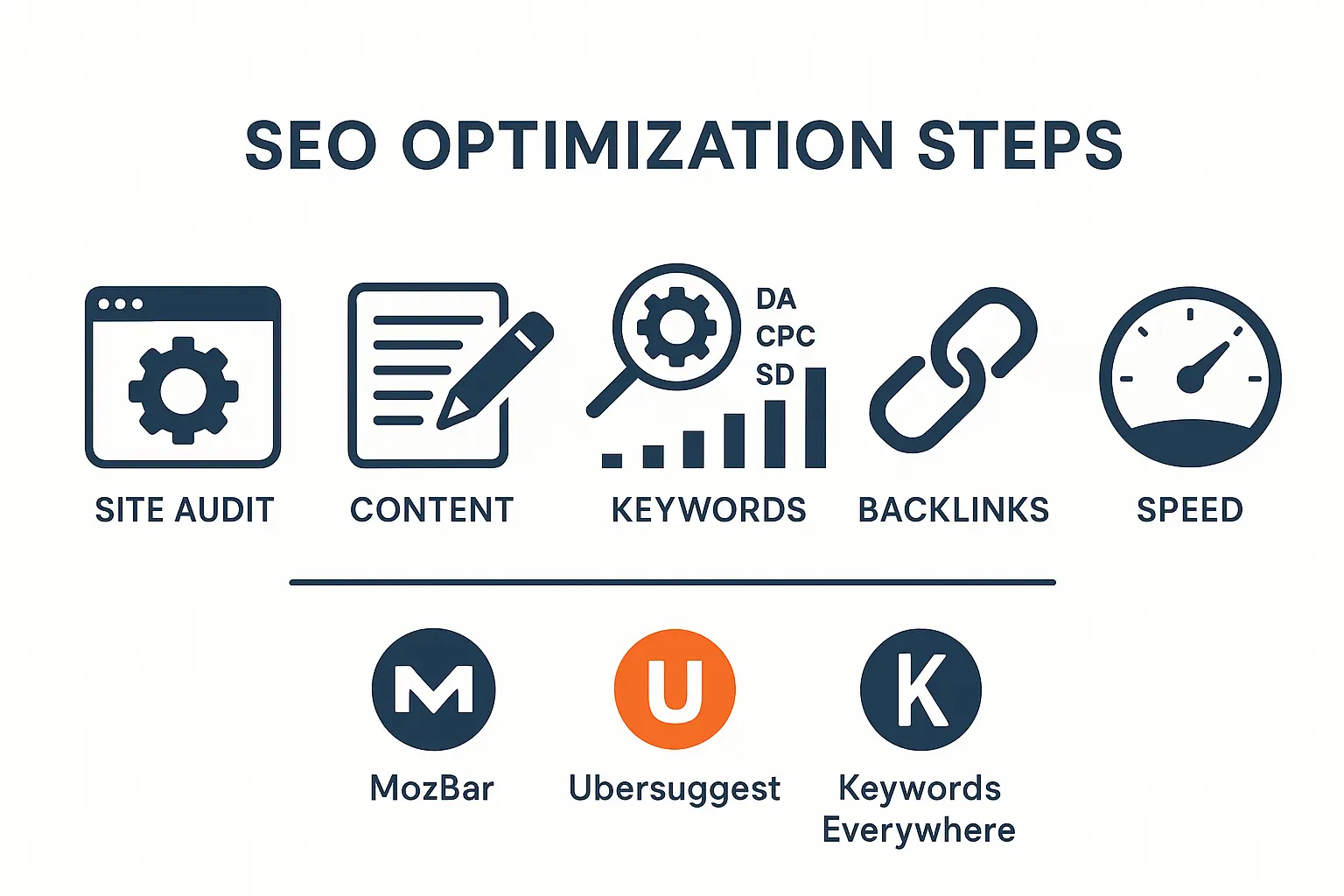

No comments yet. Be the first to comment!